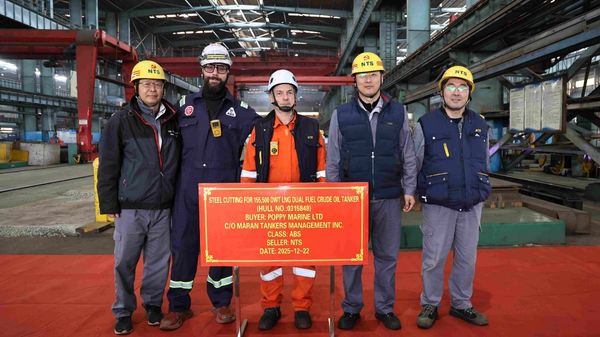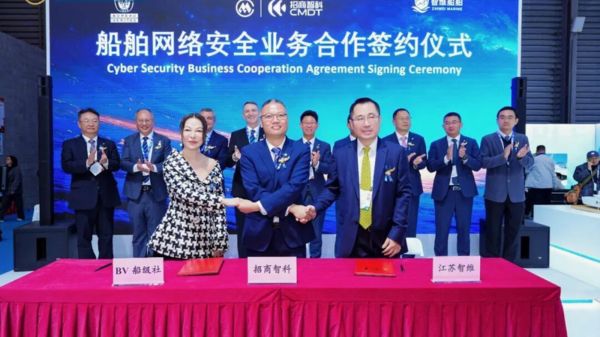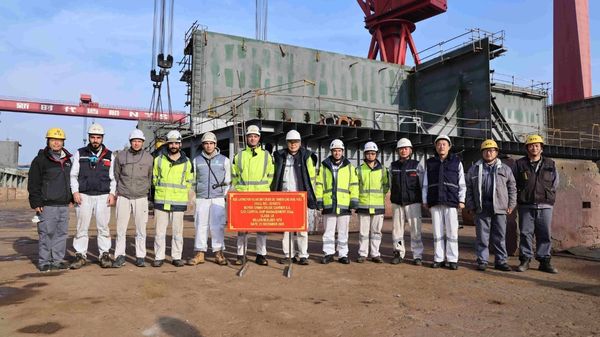
| 2014 | 2015 | 2016 | 2017 | |
| Cellulosic biofuel (million gallons) | 33 | 123 | 230 | 311 |
| Advanced biofuel (billion gallons) | 2.67 | 2.88 | 3.61 | 4.28 |
| Biomass-based diesel (billion gallons) | 1.63 | 1.73 | 1.90 | 2.00 |
| Total renewable fuel (billion gallons) | 16.28 | 16.93 | 18.11 | 19.28 |

|
Michael Cammarata appointed managing director of Glander International Bunkering's Florida office
Cammarata succeeds Larry Messina, who will step down after 34 years in the role. |
|
|
|
||

|
Steel cutting begins on LNG dual-fuel Aframax tanker
Chinese yard cuts steel for 155,500-dwt crude carrier. |
|
|
|
||

|
Bureau Veritas and CMHI sign agreements to advance green and smart shipping solutions
Classification society and Chinese shipbuilder strengthen partnership with cybersecurity and alternative fuel certifications. |
|
|
|
||

|
Steel cutting begins on 8,400-teu LNG dual-fuel container vessel
Chinese yard commences construction on LNG-powered container ship with Lloyd's Register oversight. |
|
|
|
||

|
Keel laid for LNG dual-fuel crude oil tanker in China
Ceremony held on 23 December for LNG-capable tanker under Lloyd’s Register class. |
|
|
|
||

|
Keel laid for 155,500-dwt LNG dual-fuel crude oil tanker
Chinese shipyard begins construction on Suezmax tanker, with Maran and ABS staff in attendance. |
|
|
|
||

|
New Times Shipbuilding begins steel cutting on 8,400-teu LNG dual-fuel boxship
Chinese shipyard begins construction on vessel for CMA CGM with Lloyd's Register classification oversight. |
|
|
|
||

|
Golden Island secures ISCC EU certification for sustainable marine fuel trading
Singapore-based firm can now supply B100 biodiesel and green methanol with verified sustainability proofs. |
|
|
|
||

|
Uni-Fuels seeks bunker traders for London operations
Nasdaq-listed marine fuel supplier recruiting for trading team to support global expansion efforts. |
|
|
|
||

|
Uni-Fuels seeks bunker traders for Piraeus office
Nasdaq-listed marine fuel provider advertises positions as part of expansion in Greek market. |
|
|
|
||
| Finland intends to raise biofuel blending in transportation fuel to 30% [News & Insights] |
| Wood-based marine biofuel 'successfully tested' [News & Insights] |
| US Navy signs alternative fuel agreement with Queensland [News & Insights] |
| US Navy completes trial with 100% renewable biofuel [News & Insights] |
| Deal to build biofuel-refuelling Navy oilers [News & Insights] |